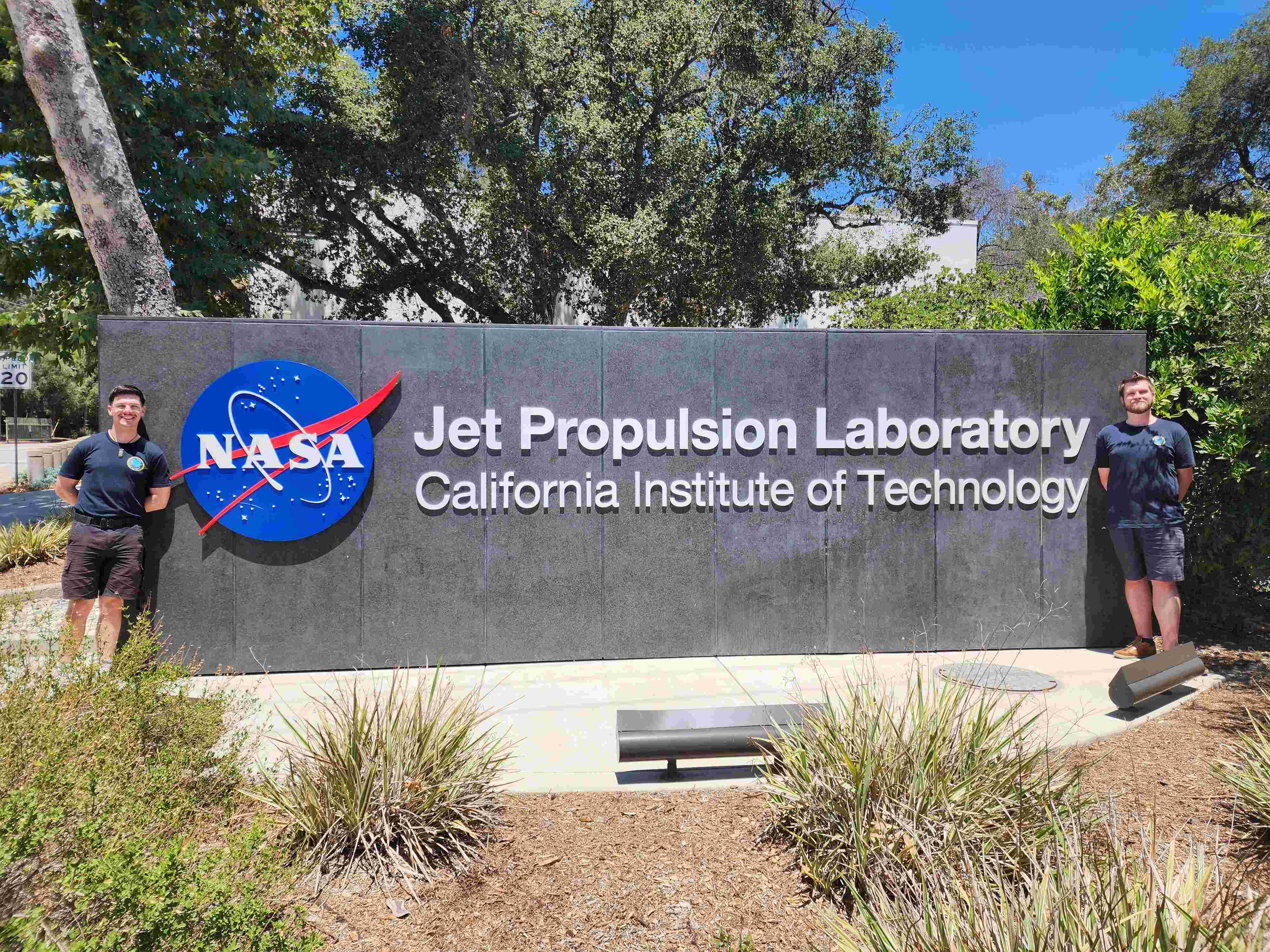The Carina Nebula. Credits: NASA, ESA, CSA, and STScI.
NASA has released some of the deepest and highest-resolution images of the universe to date.
The images have been captured by the James Webb Space Telescope, which launched late last year. View all the high-resolution images from the JWST here.
The SMC asked experts to comment.
Dr Michele Bannister, Senior Lecturer and planetary astronomer, University of Canterbury, comments:
“These images and spectra give us exquisite new detail on events at scales both small and vast.
“There’s insight into how supermassive black holes are eating material at the hearts of incredibly distant galaxies. There’s beautiful arcs of light, as the vast mass of clusters of galaxies bend and bow the light from even more distant galaxies.
“Another image shows the delicate traceries of dust around places where new stars are being born, and the disks holding developing planets. And the spectra of the atmosphere of a distant planet has haze and clouds when it seemed it was going to be quite clear, based on what earlier telescopes had been able to tell from the ground.
“These are fabulous data — I can’t wait to see what this telescope will be able to do next!”
Note: Dr Bannister is a co-investigator on an outer Solar System program with the James Webb Telescope.
No conflict of interest declared.
Associate Professor Karen Pollard, Director of The University of Canterbury Mt John Observatory, comments:
“We have studied the young, massive and unstable binary star eta Carina, which resides within the Carina nebula, for many years now, using the HERCULES spectroscopy at the University of Canterbury Mt John Observatory in Tekapo. We have determined the orbital properties of the binary system and observed the power of the interaction of highly-energetic stellar winds that both stars emit.
“Now NASA’s James Webb Space Telescope has used its infrared cameras to reveal incredible detail in the structures of the gas and dust in this active star formation region which were previously hidden. These images will allow astronomers to chronicle the process of star and planetary formation in precise detail, and study the interaction of young newly-born stars, such as eta Carina and its lower-mass siblings, with their surrounding environment of gigantic gas and dust clouds.
“The complexity and the incredible detail seen in the gas and gas structures in these images show the power of the JWST with its infrared instruments. These amazing images reveal young stars with their outflowing jets and planet-forming dusty disks, and the way in which the gas and dust clouds have been sculpted by the energetic winds from the nearby young stars.”
Note: the Carina Nebula is pictured above.
No conflict of interest declared.
This article was originally published by the Science Medie Centre.



-43%20(1).jpg)
.jpg)





%20resized.JPG)